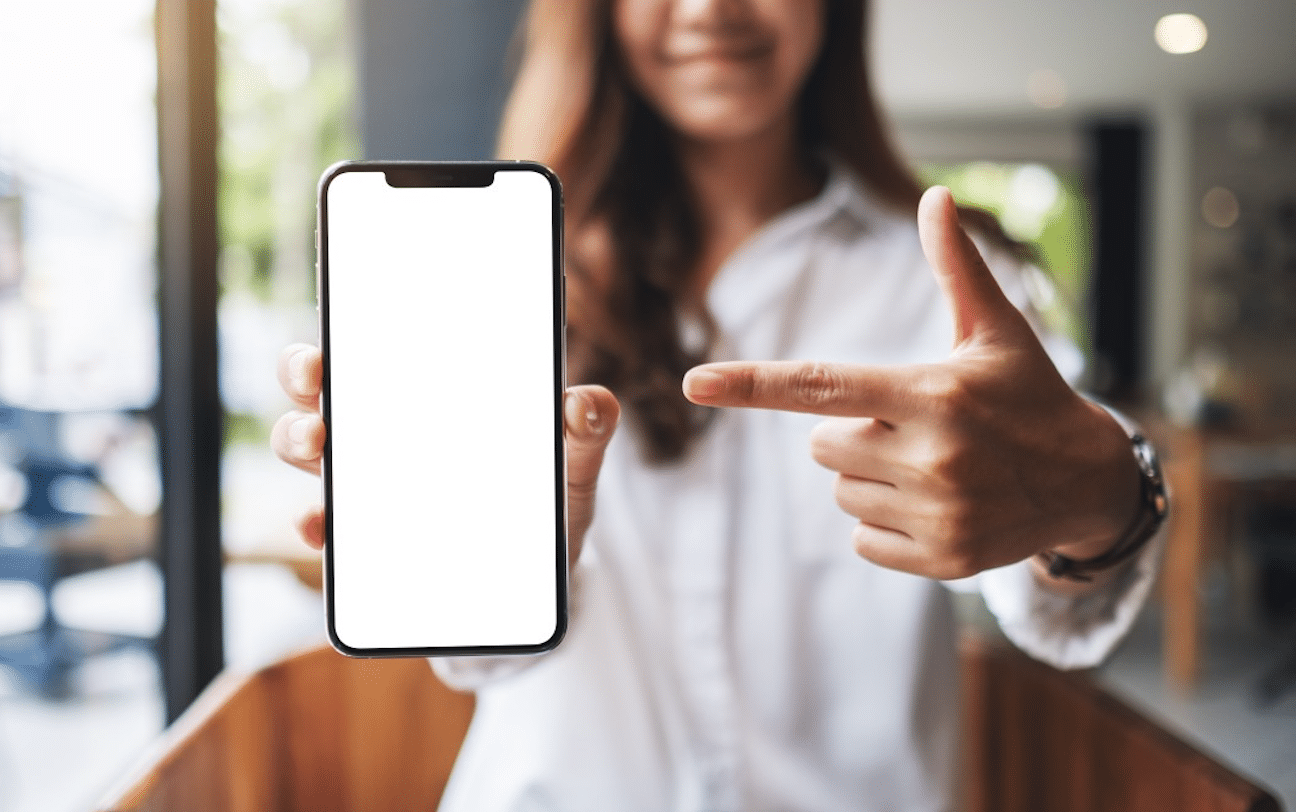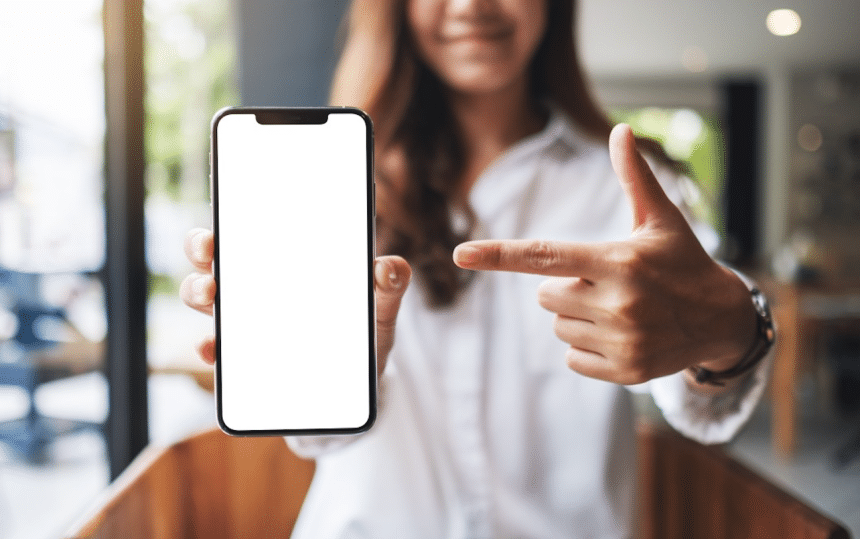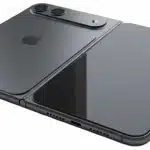As technology continues to evolve and reliance on it skyrockets, protecting your personal information has become increasingly more important. While Apple offers several built-in security features, there are additional steps that you can take to further protect yourself and your iOS devices.
1. Enable Two-Factor Authentication (2FA)
Two-factor authentication (2FA) is one of the best ways to improve account security. In order to access your iCloud account, the user would not only need to enter the correct password, but also verify the login via a text message or authentication app. This feature makes it significantly harder for others to access your account without your permission.

To enable 2FA, go to Settings > [Your Name] > Password & Security and tap on Two-Factor Authentication.
2. Set Up Face ID or Touch ID
Apple’s Face ID and Touch ID lets you unlock your device with just a touch or a glance. Your face and fingerprints are totally unique to you. Your passwords, on the other hand, are not. This is why these biometric features are more secure than traditional login methods.
Setting up Face ID is simple. Go to Settings > Face ID & Passcode and follow the instructions to register your unique facial features.
Similarly, to set up Touch ID, go to Settings > Touch ID & Passcode and follow further instructions.
3. Use VPNs Wherever You Go
A VPN (Virtual Private Network) is a good idea, especially if you frequent places like coffee shops and public transport. Public Wi-Fi is not always secure, and hackers take advantage of this. A VPN protects your sensitive data by encrypting your internet connection, hence stopping potential hackers in their tracks.
Several VPN services are available for iOS and macOS. They are easy to set up and provide you with a safe internet connection, whether you’re at home or on the go.
4. Check Out an eSIM
The introduction of eSIMs has simplified the traveling process significantly. Unlike traditional SIM cards, eSIMs are directly embedded into your device. While this may seem daunting to some, the technology is actually a lot more secure.
Not only do eSIMs eliminate the need to swap out SIM cards while overseas, but they also make it much harder for hackers to tamper with your connection. Additionally, if you lose your phone, the eSIM cannot be removed or replaced.
So, next time you venture off to explore the USA, getting an eSIM USA could be a convenient and secure way to stay connected without the hassle of switching physical SIM cards.
Visit Apple’s support page to learn more about the power and security of eSIMs.
5. Browse Privately in Safari
Safari has a private mode for a reason! Private Browsing mode helps you surf the web without your history, cookies, and data being shared with the websites you visit.
This mode is especially useful when using a public or shared device. Safari’s Private Browsing mode ensures that no one can see what you’ve been browsing once you’ve finished your session.
6. Enable Find My Device
Apple’s Find My feature is invaluable when trying to find your lost or stolen device. Not only can you track your device’s location, but you can also remotely clear your data to prevent others from accessing it.
Double-check that your Find My feature is enabled by going to Settings > [Your Name] > Find My, and clicking on Find My iPhone (or Find My Mac for macOS devices).
Bottom Line
By using even a few of the features mentioned above, you can significantly improve the privacy and security of your Apple devices. From enabling 2FA and FaceID to opting for an eSIM and using a VPN, many options are available that can help you keep your personal data safe. Whether at home or traveling the globe, make sure to make privacy and security a priority.












